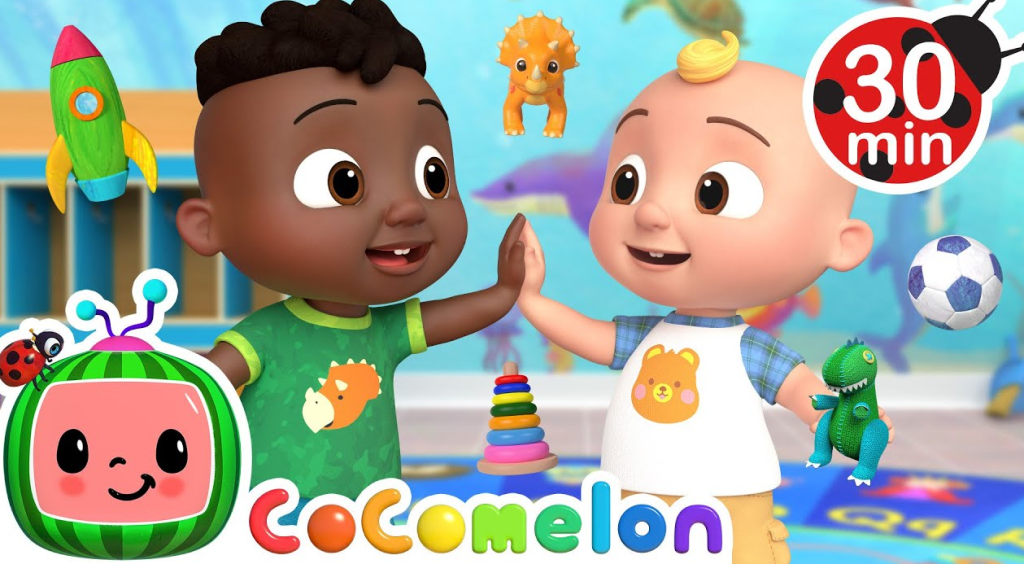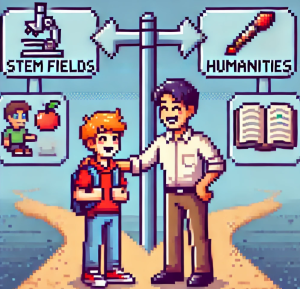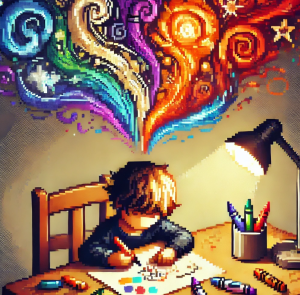
Kids, Screens, and ADHD: What Every Parent and Teacher Needs to Know
You’ve seen it. A toddler taps their way through a cartoon marathon before they can even say full sentences. A preschooler sits mesmerized in front of a “learning” app while dinner gets made. It’s easy. It’s convenient. But here’s the jaw-dropper: a massive study just found that even “educational” videos—yes, the ones we thought were harmless—can increase a child’s risk of ADHD.
That’s right. Over 41,000 children were studied. And the results? The more screen time they had between ages 1 and 3—especially watching cartoons and educational videos—the higher their chances of being flagged for ADHD symptoms by the time they hit kindergarten.
Not All Screen Time Is Created Equal
Let’s break this down. The study, conducted in Shenzhen, China, looked at what kids were watching—not just how long. The children were sorted based on screen content:
- Cartoon Videos
- Educational Videos
- Interactive Videos (like games or choose-your-own-adventures)
Then researchers followed up a few years later to see how those kids were doing at school-age.
Here’s the headline: kids who watched more than two hours a day of cartoons or educational videos had up to four times the risk of ADHD symptoms compared to kids who had less than an hour. But the real twist? Interactive videos showed no significant link to ADHD at all.
Let’s unpack that.
Cartoons: Bright, Fast, and Overstimulating
Cartoons are built to keep kids glued. Bright colors. Exaggerated movements. Quick scene cuts. It’s like giving their developing attention systems a non-stop sugar rush. And just like candy, the crash comes later. These overstimulating formats may prime young brains for distraction, not focus. So when it’s time to sit still in circle time or focus on a math problem? Their brains may have been wired for something else entirely.
Educational Videos: The Sneaky Culprit
This one stings. Many of us hand over “learning” apps and YouTube Kids clips thinking we’re making a smart choice. But this study found that educational videos weren’t much better than cartoons when it came to ADHD risk. Why? Probably because they’re still packed with fast transitions, bright colors, and noise—even if they’re trying to teach ABCs or math skills. Information overload doesn’t help toddlers learn. It can actually stress their developing brains.
Interactive Videos: Why Engagement Might Be the Key
Here’s where things get interesting. Kids who spent time with interactive videos didn’t show the same spike in ADHD risk. These formats ask kids to make choices, solve problems, and pay attention to get feedback. That kind of active participation could help build attention skills instead of wearing them down.
It’s kind of like the difference between being on a rollercoaster vs. driving a car. One tosses you around while you hang on for dear life. The other puts you in control—and your brain has to stay engaged the whole time.
What This Means for Parents and Schools
We’re not saying throw every tablet in the trash. Let’s be real—screens are here to stay. But this research makes a strong case for rethinking what kind of screen content young kids are exposed to—and how much.
Here’s what you can do starting today:
🕒 Cap Screen Time: Stick to the American Academy of Pediatrics recommendation—no more than 1 hour per day of high-quality screen time for kids ages 2–5. Less is better.
🎯 Choose Wisely: Favor interactive, slow-paced, or real-world content over flashy cartoons or overstimulating educational videos.
⏸️ Take Breaks: Break screen time into short chunks. Use timers. Get up, move, stretch. Help kids reset their attention.
👨👩👧 Co-View and Talk: Watch with your child. Ask questions. Talk about what they’re seeing. This turns screen time into learning time—and keeps their brains engaged.
🏃 Prioritize Play and Sleep: Make sure screens aren’t replacing playground time, creative play, or a good night’s sleep. These are essential for attention and emotional development.
Why Schools Should Care, Too
Preschools and kindergartens are often early places where ADHD symptoms start to show. This study reminds us: what happens at home doesn’t stay at home. If kids are showing up overstimulated or unable to focus, early childhood programs should be part of the conversation.
✅ Revisit media use policies in the classroom.
✅ Support families with guidance on healthy screen habits.
✅ Integrate more interactive, movement-based, and collaborative learning into the school day.
A Bigger Question for All of Us
If content matters more than we realized, what does that say about the way we design children’s media in the first place? Should we be building shows and apps that match how children’s brains actually grow?
This study isn’t just a warning—it’s a call to innovate. We don’t just need less screen time. We need better screen time.
Let’s Talk About It
🧠 What’s the biggest mental health challenge you see in schools today?
📺 How can schools better support families in managing screen habits at home?
💡 What’s one thing you’ve changed as a parent or teacher after learning more about ADHD and screen time?
Share your thoughts in the comments—or forward this to a fellow parent or educator. The more we talk about it, the better we can support our kids.
If this post resonated with you, please share it! Let’s spark a bigger conversation about screen time, learning, and mental health—because every child deserves the best chance to thrive.



